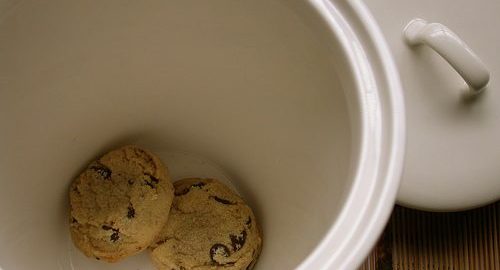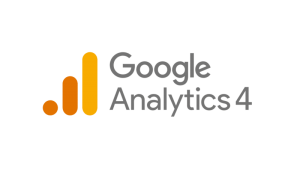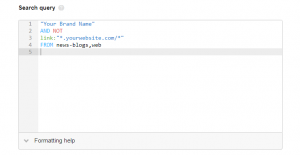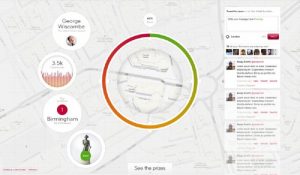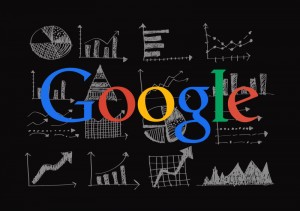Scarcity marketing and creating a sense urgency really do increase conversions in all types of businesses and niches. Here’s 9 stats about urgency and scarcity for proof:
1. When items are scarce, they’re often perceived as more valuable.
Way back in 1975, researchers Worchel, Lee, and Adewole conducted a study to better understand how scarcity impacts people’s perception.
The researchers planned to use something as simple as cookies in two identical glass jars. One of the jars held ten cookies while the other contained just two.
Even as the cookies and jars were exactly the same, the participants rated those cookies higher than the others. The scarcity of the two cookies in that jar had influenced their perception of value. Source
2. Urgency words used in emails will engage and excite customers for your promotions.
An Experian report found that promotional or emails conveying a sense of urgency had at least 14% higher click-to-open rates, 59% higher transaction-to-click rates, and twice as high transaction rates compared to their average marketing emails.
Experian’s report also noted that by using urgency in their email subject lines, their transaction rates on sales increased 16%. For them, and many others, it’s most effective to mention the discount as well as the time limit in email subject lines. Source
3. Find colors and understand the feeling of urgency they can evoke from your customers.
Use color psychology here to urgency in forms and CTA buttons. Red, orange, and royal blue are the most effective at to creating urgency. Royal blue and orange especially help to encourage action. Which could be just what you need to increase your conversions! Source
4. Boost your opt-in rates by keeping enrollment periods or trial periods short.
When Noah Kagan created his free email course on marketing, he initially allowed only a seven day enrollment period. Eventually, he created a wait list for second round of enrollment.
Using this scarcity tactic, he tripled his email subscribers (from 12,000 to 50,000) for his OK Dork marketing blog.

5. Use webinar promotions to drive scarcity-based sales.
One marketer, Yaro Stark, uses scarcity techniques in his product launches and webinars. In one webinar promotion, when he was first applying those principles to his webinar promotions, he was able to triple the number of sales during the final 24 hours.
Stark, and many other successful marketers, create a sense of scarcity by offering a promotion that’s only available during the webinar. once again a time dependent limitation made directly to people in that moment. He shared a special offer at the end of his webinar. Using this technique he saw that the bulk of sales came through at the deadline.
6. Visual symbols, like a countdown timer, raise the urgency level and drive actions.
If you’re running a promotion or need visitors to showing a ticking timer, an actual symbol of time passing. Since 90% of all the information that enters our brain is visual, it’s an easy way to use urgency to drive action. Visuals also are processed 60,000 times faster than images.

7. Urgency is most effective when follow-up instructions are given.
Human minds are more likely to block out information that evokes a sense of urgency if there aren’t instructions on what to do next. One classic study that proves this was conducted by Howard Leventhal. In this study, he analyzed the effects of handing out informational tetanus brochures.
However, Leventhal handed out two different pamphlets. Both pamphlets listed the horrid symptoms tentus could have on your body. The first pamphlet described just the symptoms of tetanus. While the second also listed details on where to get vaccinated.
Those with the pamphlet that had exact information on how to follow-up were much more likely to take action. The number of individuals that followed through with the tetnus vaccination 25% higher than the first group.
8. Countdown timers and limited-time offers create a sense of consequence and fear of missing out.
De Nieuwe Zaak, a full-service eCommerce agency in the Netherlands, ran an A/B test and found that the use of a countdown timer increased conversions versus no timer. Their simple test showed the timer worked best when placed at the bottom of the page.
Of course, the countdown timer increased product purchases. The presence of the timer alone created an 8.6% lift in conversions. The limited time offer feels urgent; this urgency leads to visitors feeling a sense of consequence and fear of missing out. They could lose out on the incredible deal if they don’t take immediate action and they’ll feel better if they just act now.
Business & Finance Articles on Business 2 Community
(51)
